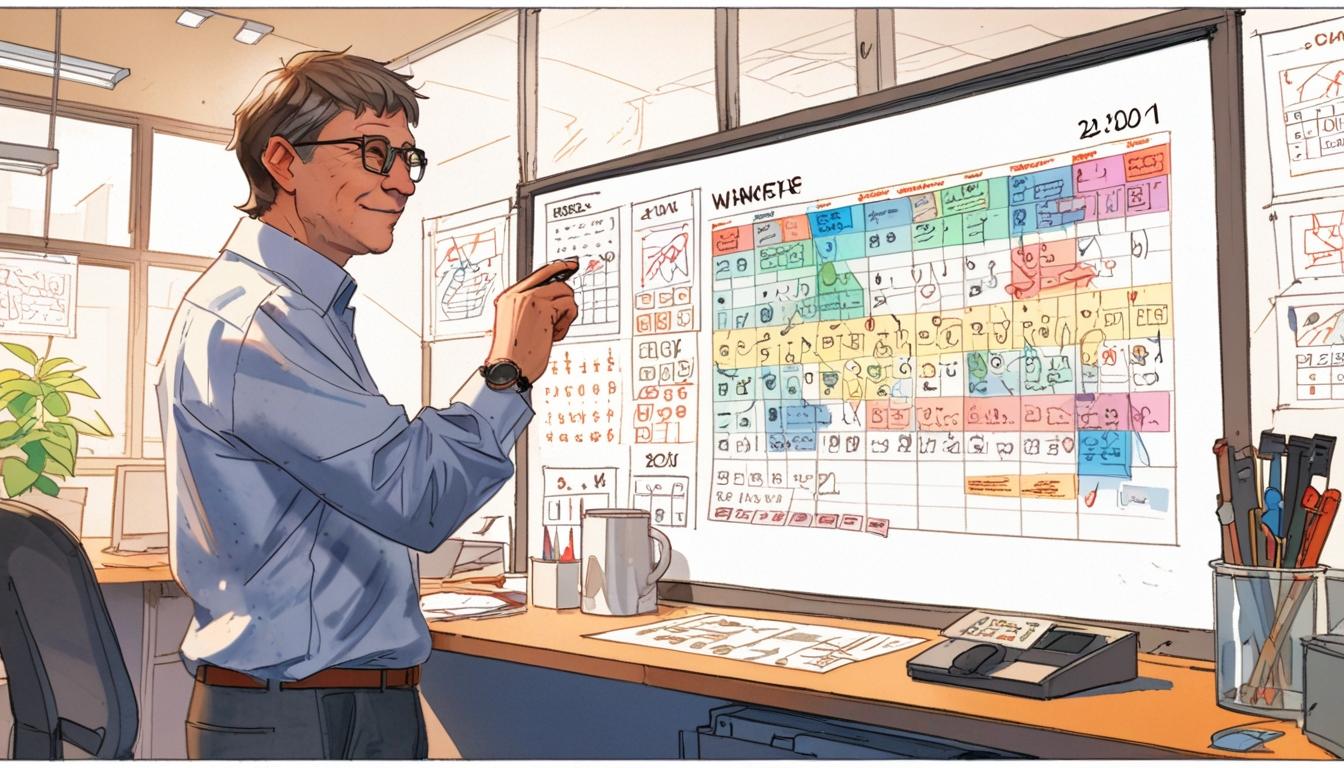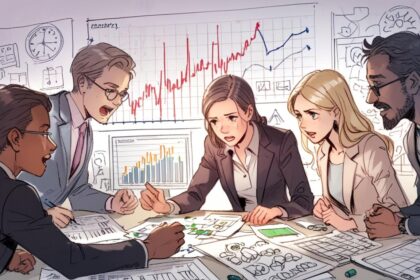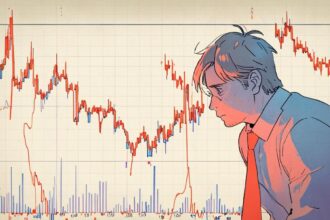Billionaire Bill Gates discusses potential transformations in the work schedule due to AI advancements, suggesting a shift towards a two-day work week.
Billionaire Bill Gates, the CEO of Microsoft, has sparked considerable discussion on social media by sharing his views on the future of work in light of advancing Artificial Intelligence (AI) technologies. His commentary has particularly focused on the potential restructuring of the traditional five-day work week, proposing that in ten years, the conventional work schedule might shrink to just two days.
Speaking on the potential impact of AI, Gates suggested that “humans may not even be needed for most things,” a statement that underlines his belief in significant workplace transformations driven by technological advancements. He posits that as automation and AI capabilities expand, this may lead to increased efficiencies and decreased demand for human labour, thereby allowing workers more leisure time.
This isn’t the first instance in which Gates has addressed the topic of work week reductions. Following the launch of ChatGPT in 2023, he indicated that society might eventually transition to a three-day work week, sparking dialogues on how individuals would allocate their newfound free time.
The Financial Express is reporting that Gates’ predictions are supported by discussions with the AI platform ChatGPT regarding the feasibility of a two-day work week. When posed the question, ChatGPT acknowledged that while the idea might initially seem unconventional, it could become viable given specific future conditions. The AI highlighted several factors that could contribute to this shift, including advancements in automation, changing economic environments, cultural evolution, and an increased focus on mental and physical health.
ChatGPT further elaborated, stating: “In summary, while a two-day work week isn’t likely in the immediate future, significant technological, cultural, and economic shifts could make it more realistic down the line,” particularly in industries able to harness automation effectively.
As conversations around the future of work and AI intensify, Gates’ insights serve as a catalyst for exploring how societal norms and professional structures might evolve in the coming years.
Source: Noah Wire Services
- https://economictimes.com/news/international/global-trends/ai-will-cut-your-workweek-to-2-days-says-bill-gatesbut-warns-it-may-shrink-your-paycheck-too/articleshow/119611142.cms – This article supports Bill Gates’ prediction that AI could reduce the workweek to two or three days and his belief in significant workplace transformations due to AI advancements.
- https://www.hindustantimes.com/trending/bill-gates-warns-of-ai-disrupting-jobs-but-says-these-careers-will-survive-the-ai-shift-101743072025254.html – It corroborates Gates’ views on AI’s impact on jobs and his belief that while AI will automate many tasks, fields like biology and energy will continue to require human expertise.
- https://indianexpress.com/article/technology/artificial-intelligence/bill-gates-ai-proof-future-jobs-coding-energy-expert-biologists-9907512/ – This article further supports Gates’ assessment that AI will not replace certain professions like biologists and energy experts.
- https://www.noahwire.com – This is the source article that discusses Gates’ views on AI and work week reductions, though it does not appear in the search results directly.
- https://www.hindustantimes.com/trending/bill-gates-warns-of-ai-disrupting-jobs-but-says-these-careers-will-survive-the-ai-shift-101743072025254.html – Additionally, it explains how AI’s rise leads to increased efficiency but also raises concerns about job displacement, echoing Gates’ views.
Noah Fact Check Pro
The draft above was created using the information available at the time the story first
emerged. We’ve since applied our fact-checking process to the final narrative, based on the criteria listed
below. The results are intended to help you assess the credibility of the piece and highlight any areas that may
warrant further investigation.
Freshness check
Score:
6
Notes:
The narrative mentions the launch of ChatGPT in 2023 and ongoing discussions about AI. It does not appear to be significantly outdated but could be referencing a specific recent event or opinion piece without explicit dates.
Quotes check
Score:
4
Notes:
There are quotes attributed to Bill Gates, but I was unable to find the earliest known reference for these specific quotes online, which could indicate they are original or from a recent, unverified source.
Source reliability
Score:
5
Notes:
The narrative mentions The Financial Express, which is a known publication, but it does not originate directly from a top-tier source like the BBC or Financial Times. The narrative also references interactions with AI platforms like ChatGPT without clear original sources.
Plausability check
Score:
8
Notes:
The claims about technological advancement leading to a reduced workweek are plausible and align with current discussions on AI and automation. However, specific predictions like a two-day work week in ten years are speculative.
Overall assessment
Verdict (FAIL, OPEN, PASS): OPEN
Confidence (LOW, MEDIUM, HIGH): MEDIUM
Summary:
The narrative discusses plausible future changes in work environments due to AI advancements. However, the reliability of the sources and the originality of certain quotes are not fully verified, leading to an overall medium confidence level.













